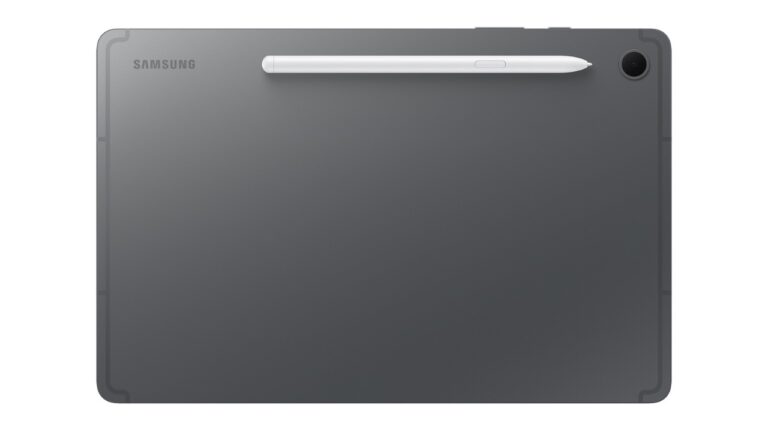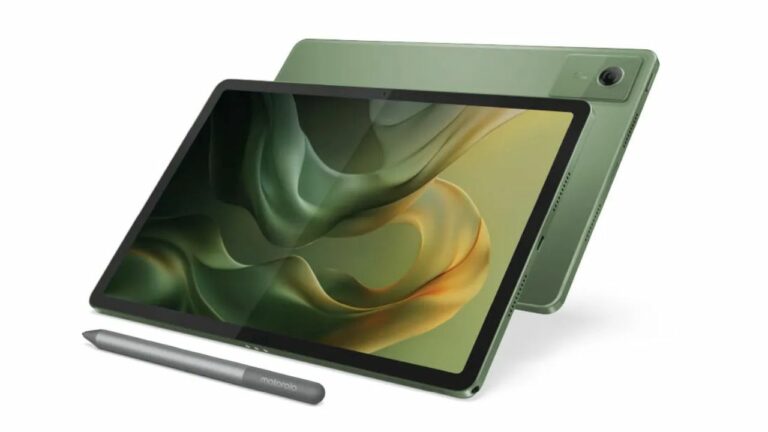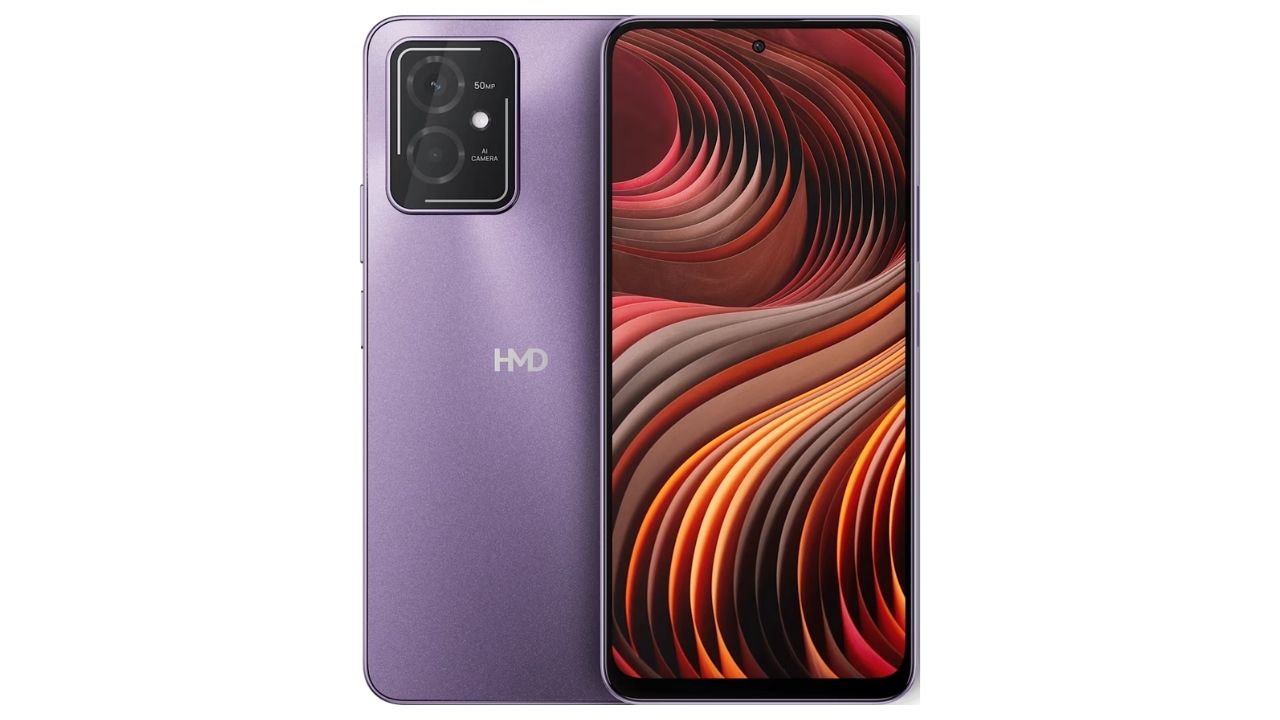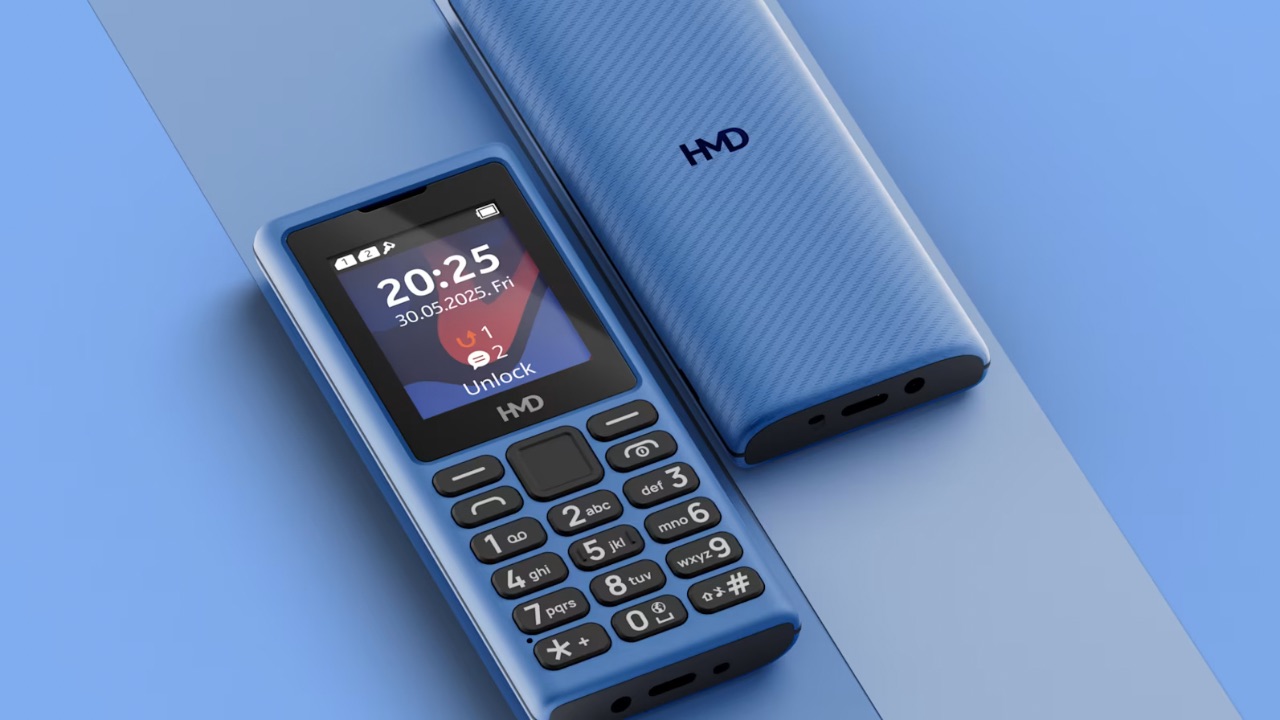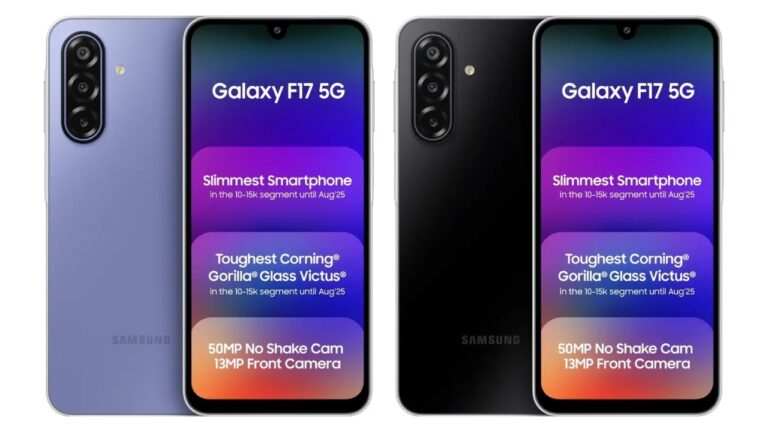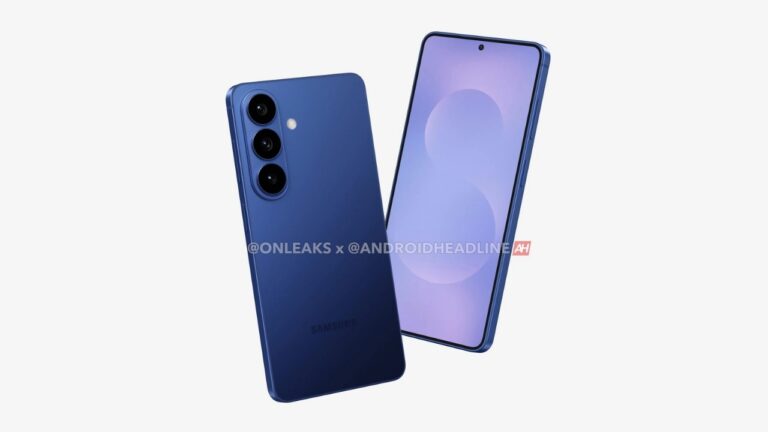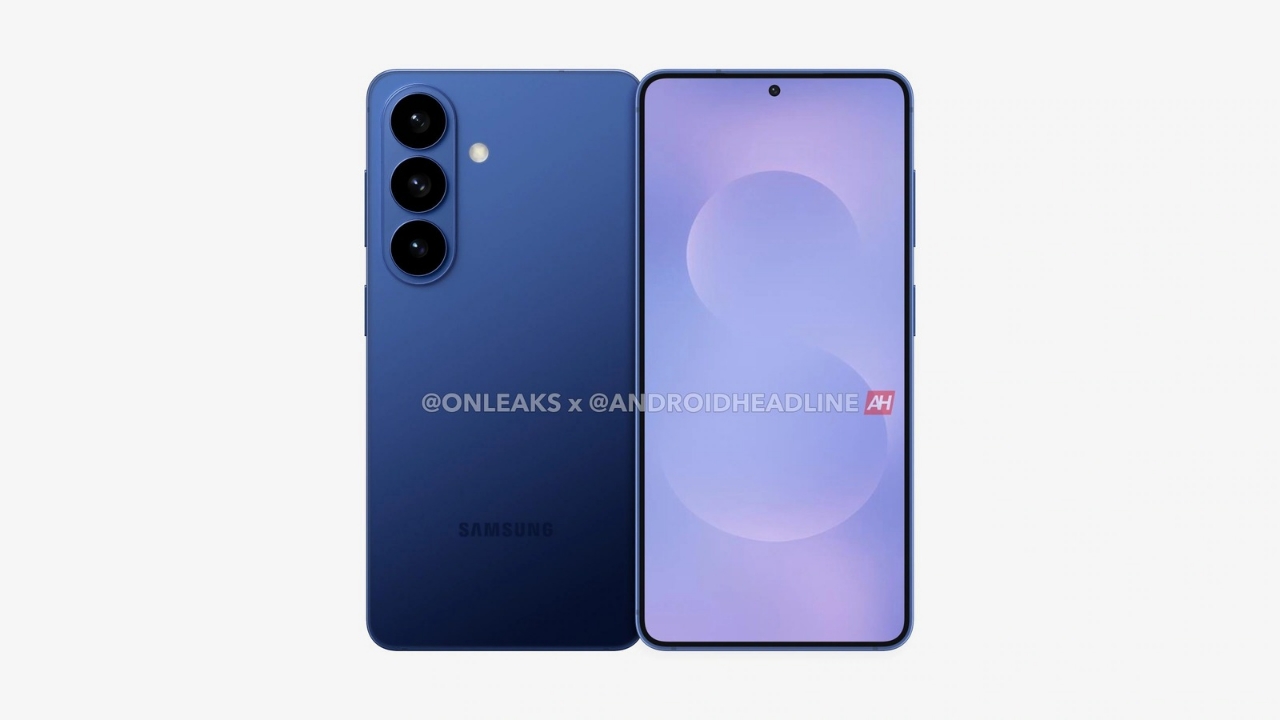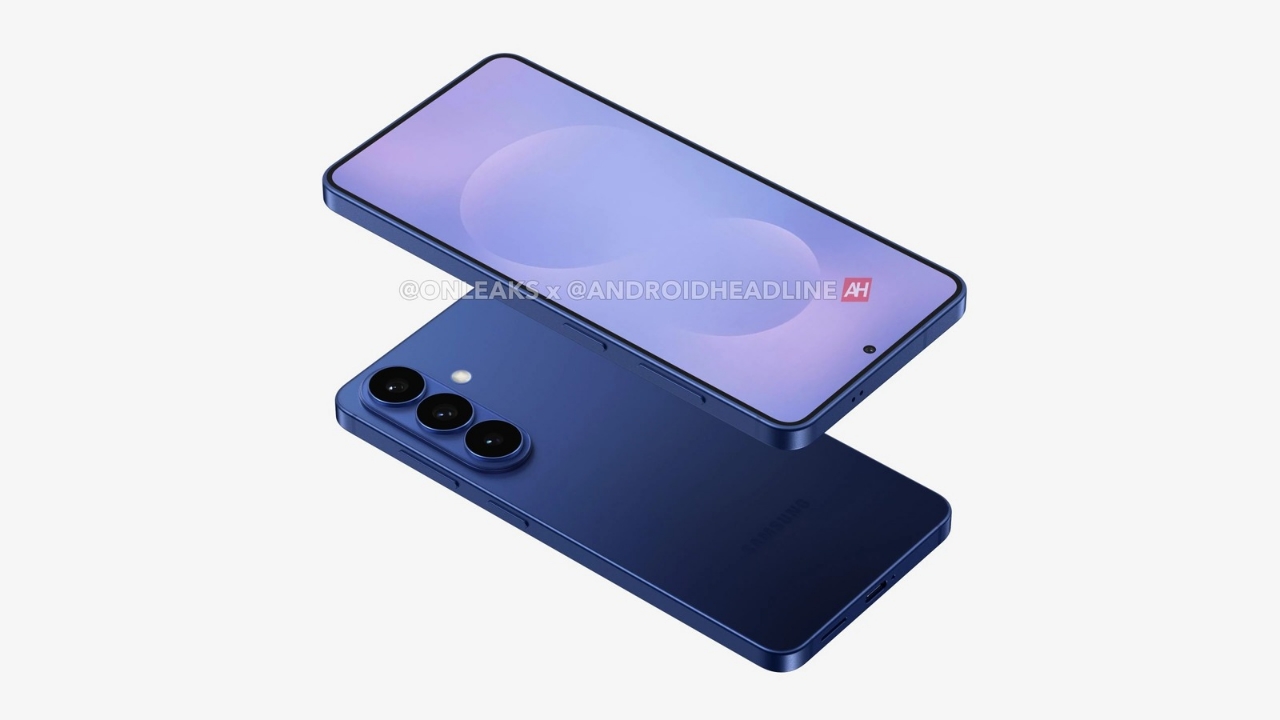Oppo F31 5G series has been launched in India, consisting of three phones, namely the Oppo F31 5G, Oppo F31 Pro 5G, and the Oppo F31 Pro+ 5G. The devices are claimed to be “build for India’s heat and hustle: smooth at 43°C, powered a 7,000mAh long-life battery, Hunter Antenna 2.0 for network, AI imaging and AI Productivity tools for shopkeepers, riders, and young professionals.”
Oppo F31 5G: Price, Availability, Specs

The Oppo F31 5G costs Rs 22,999 (8+128GB) and Rs 24,999 (8+256GB) and will be available from September 27 via offline stores and Oppo’s online store, Flipkart, and Amazon. It can be bought in Midnight Blue, Cloud Green and Bloom Red colour options.
OPPO F31 5G sports a 6.57-inch FHD+ (2372 x 1080 pixels) AMOLED panel with up to 120Hz refresh rate, up to 240Hz touch sampling rate, 10-but colours, 1400 nits peak brightness, under-display optical fingerprint sensor, and a 397 ppi.
The device sports 8GB LPDDR4x RAM and up to 256GB UFS 2.2 storage and is powered by a MediaTek Dimensity 6300 processor. It runs on ColorOS 15 based on Android 15 and will receive 2 years of OS updates along with 3 years of security patches.
The Oppo handset has a 50-megapixel f/1.8 OmniVision primary sensor with OIS, plus a 2MP f/2.4 portrait sensor on the back. There’s a 16MP f/2.4 Sony IMX480 front-facing sensor. It gets a 7000mAh battery with 80W fast wired charging support and reverse wired charging. Connectivity options include Wi-Fi 5, Bluetooth v5.4, GPS, and a USB-C port. The handset is also IP66 + IP68 + IP69 rated, MIL-STD-810H-2022 certified, and has stereo speakers.
Oppo F31 Pro 5G: Price, Availability, Specs
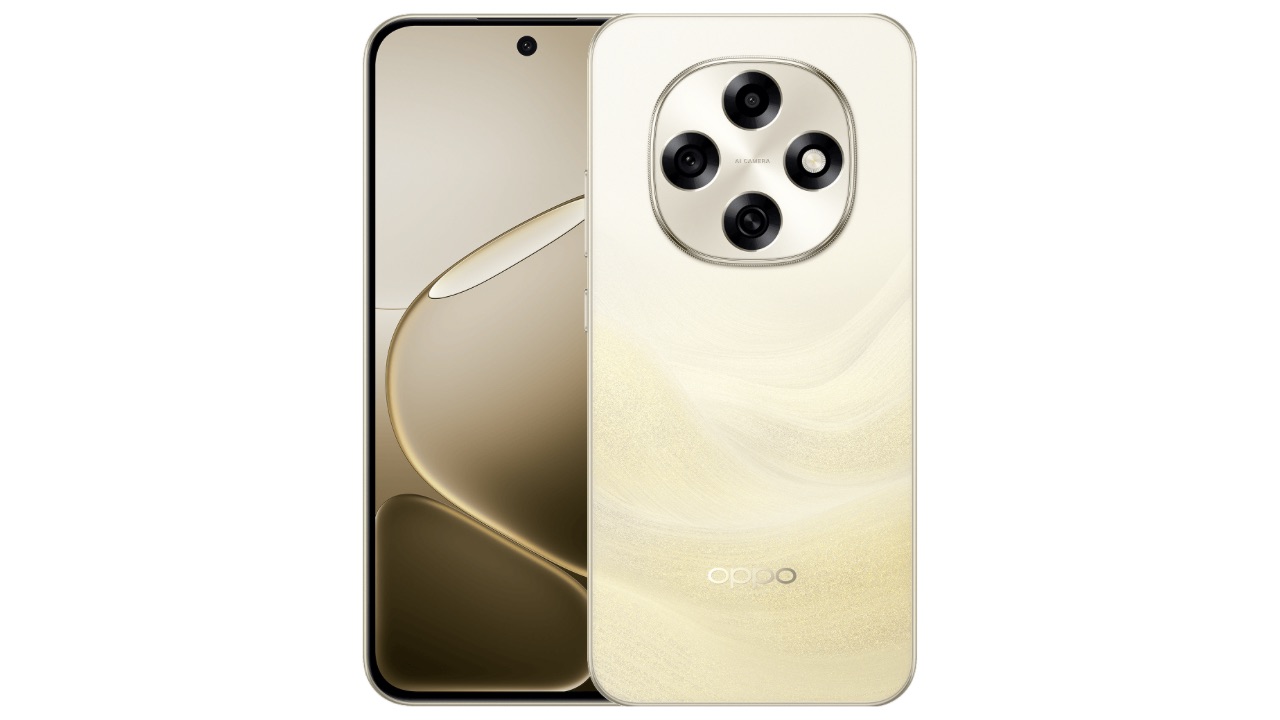
The Oppo F31 Pro 5G costs Rs 26,999 (8+128GB), Rs 28,999 (8+256GB), and Rs 30,999 (12+256GB) and will be available from September 19 via offline stores and Oppo’s online store, Flipkart, and Amazon. It can be bought in Desert Gold and Space Grey colour options.
OPPO F31 Pro 5G sports a 6.5-inch FHD+ (2372 x 1080 pixels) AMOLED panel with up to 120Hz refresh rate, up to 240Hz touch sampling rate, 1400 nits peak brightness, under-display optical fingerprint sensor, and a 397 ppi.
The device sports up to 12GB LPDDR4x RAM and up to 256GB UFS 3.1 storage and is powered by a MediaTek Dimensity 7300 Energy processor. It runs on ColorOS 15 based on Android 15 and will receive 2 years of OS updates along with 3 years of security patches.
The Oppo handset has an OIS-assisted 50-megapixel f/1.8 OmniVision primary sensor, plus a 2MP f/2.4 Monochrome sensor on the back. There’s a 32MP f/2.4 front-facing sensor. It gets a 7000mAh battery with 80W fast wired charging support.
Connectivity options include Wi-Fi 6, Bluetooth v5.4, GPS, and a USB-C port. The handset is also IP66 + IP68 + IP69 rated, MIL-STD-810H-2022 certified, and has stereo speakers.
Oppo F31 Pro+ 5G: Price, Availability, Specs
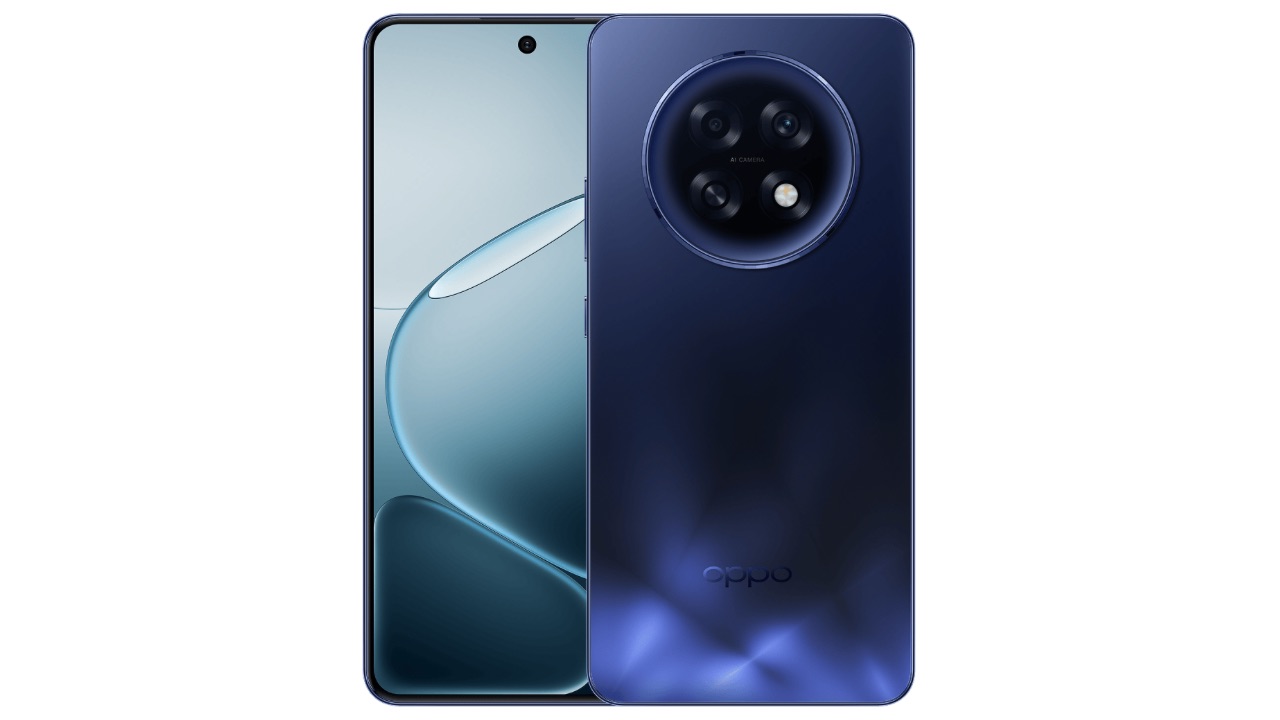
The Oppo F31 Pro+ 5G costs Rs 32,999 (8+256GB) and Rs 34,999 (12+256GB) and will be available from September 19 via offline stores and Oppo’s online store, Flipkart, and Amazon. It can be availed in Gemstone Blue, Himalayan White, and Festive Pink shades.
OPPO F31 Pro Plus 5G sports a 6.8-inch FHD+ (2800 x 1280 pixels) AMOLED panel with up to 120Hz refresh rate, up to 240Hz touch sampling rate, 1600 nits peak brightness, under-display optical fingerprint sensor, and a 453 ppi.
The device sports up to 12GB LPDDR4x RAM and up to 256GB UFS 3.1 storage and is powered by a Snapdragon 7 Gen 3 processor. It runs on ColorOS 15 based on Android 15 and is promised to get 2 years of OS updates along with 3 years of security patches.
The Oppo handset has a 50-megapixel f/1.8 OmniVision OIS primary sensor, plus a 2MP f/2.4 Monochrome sensor on the back. There’s a 32MP f/2.4 front-facing sensor. It gets a 7000mAh battery with 80W fast wired charging support.
Connectivity options include Wi-Fi 6, Bluetooth v5.2, GPS, and a USB-C port. The handset is also IP66 + IP68 + IP69 rated, has a military grade certification, and features stereo speakers as well.





